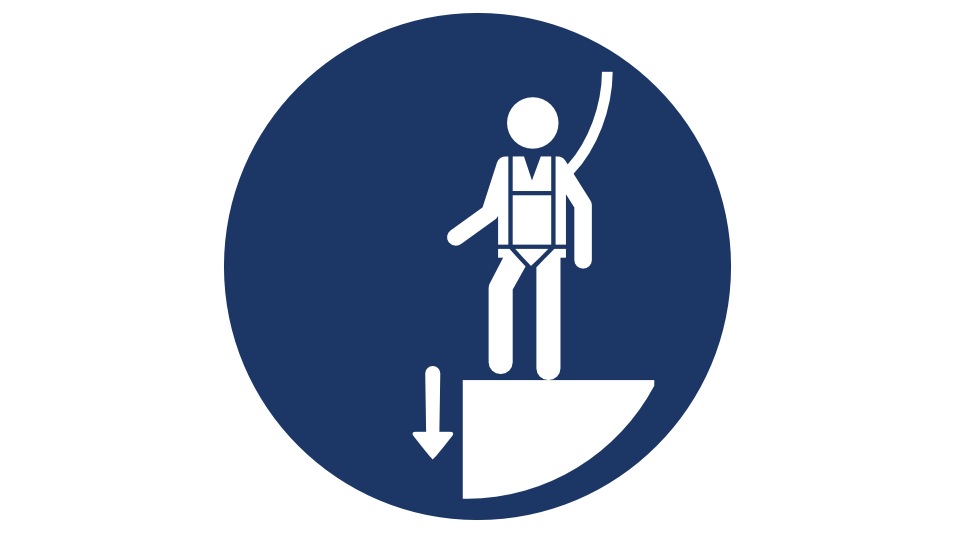
25 Oct TH!NK LSR – WORKING AT HEIGHT
Terminal velocity is the highest velocity attainable by an object as it falls through a fluid (air is the most common example). It occurs when the sum of the drag force and the buoyancy is equal to the downward force of gravity acting on the object. Since the net force on the object is zero, the object has zero acceleration.
THIS ALL SOUNDS VERY COMPLICATED –HOW DOES IT AFFECT ME?
Everything on Planet Earth is affected by the force of gravity. If we wish to lift anything from the surface, we must exert a force to move the object, and if we drop an object it will accelerate towards the ground until it reaches its terminal velocity. It will then continue at a constant speed until it is stopped by hitting another object. The terminal velocity of a human being is around 120 miles per hour (190 kilometres per hour (kph)), and this speed is reached after about 12 to 15 seconds, or about 500 metres of falling. Clearly, the chances of surviving a fall of this type are very small, but if you were working at 500 metres you would take precautions to make sure you did not fall. We will not have the opportunity to fall 500 metres onboard a ship, but the force of gravity is just as strong, and it will be pulling us towards our terminal velocity whether we fall 1 metre or 30 metres.
WHAT IS “WORKING AT HEIGHT”?
Climbing a mast is clearly “working at height”, but not all locations are so immediately obvious. Anyone working in a location where there is a risk of falling may be regarded as working at height, and this might include working inside a tank or cargo hold, working near an opening such as a hatch, or working on a fixed stairway. The key points to consider are: is there a risk of falling, and could the fall lead to injury? Circumstances may vary, but as a general rule, any work at above head height should be considered as working at height.
WHAT ARE THE DANGERS?
The greatest danger is, obviously, falling. As we have de- scribed above, gravity will pull you downwards towards your terminal velocity of 190 kph. This means that a person weighing 75 kilos, falling from a height of 5 metres, will hit the deck with an energy of 3,675 joules – this is about the same as being hit by a car travelling at 36 kph. There may also be other dangers when working at height and these may include, amongst others, the risk of electrocution or radia- tion injury from radar and radio aerials, being hit by rotating aerials, damage to hearing from ships’ whistles and sirens and breathing problems from exposure to funnel gases.
HOW DO I KEEP MYSELF SAFE?
The first, and most important, rule is that work should only be carried out at height if there is no other practical way of completing the task. A risk assessment should be conducted, and appropriate safety measures put in place before work starts. If necessary, the appropriate Permit to Work should be completed and authorised by the Safety Officer. Always wear a suitable safety harness or other approved fall-arresting device – and always make sure the equipment is in good condition and that you know how to use it correctly. And do not forget to secure your tools and equipment – a hammer, a radio or even a paint brush dropped from just a few metres can cause serious injury.
TH!NK LSR – Stay Safe When Working at Height!
Peter Chilman, QSE Manager
